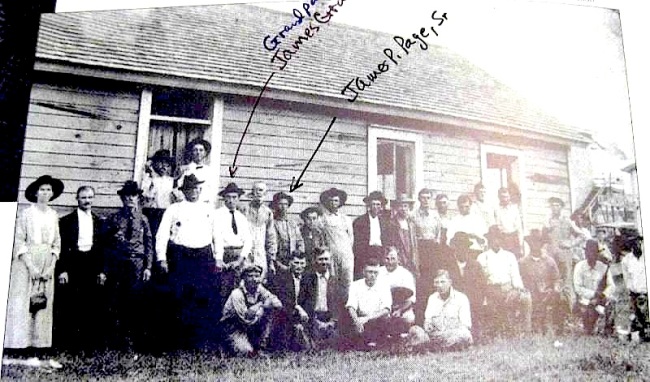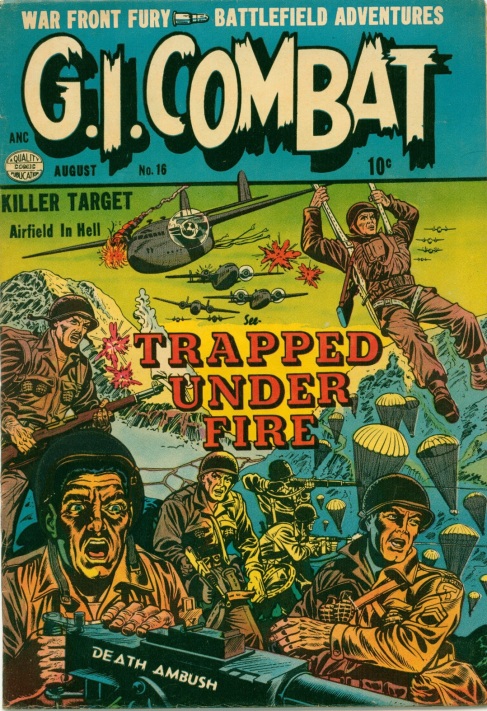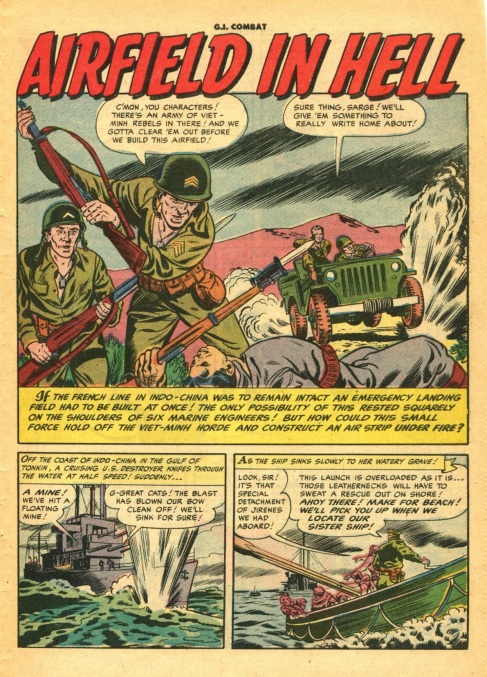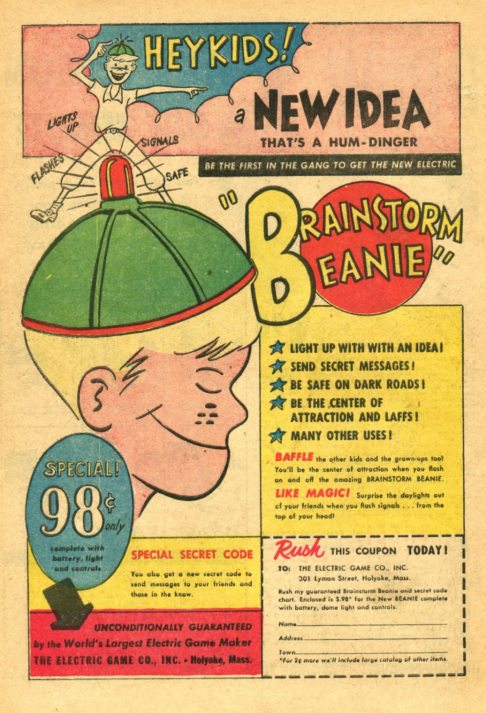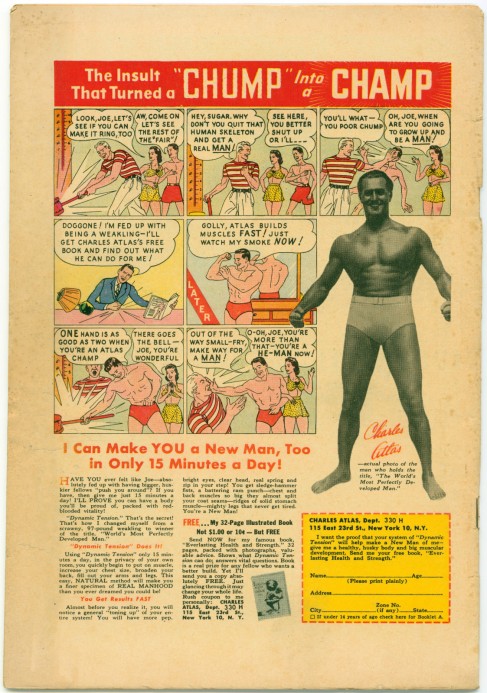If you’ve never heard of dasheen, don’t feel like the Lone Ranger; I hadn’t either. My daughter, Colleen, is the historian of our family and is always finding, archiving and annotating old family photos. Here’s one she found from 1923, showing my grandfather, James P. Page, Sr., and his dad, James Graham Page, at a meeting of the Nassau County (Florida) Dasheen Growers Association in the little town of Callahan:
My grandfather and his father were very active in that organization, or at least they had leadership roles. My grandfather was a heck of a businessman, and owned a lot of businesses that did well. I can’t say how well he and his dad did with dasheen; it put some of his land holdings to productive use, I suppose.
According to what I’ve been able to find out on the Net, dasheen is another term for a type of taro root, and, in the early 1920s, the Florida Secretary of Agriculture was promoting the cultivation of this plant for areas of Florida with boggy land not suited for growing much else except snakes (this part of Florida has 31 types, including six or seven “hot” ones, as the herpetologists call venomous snakes), alligators and pine trees. Here’s a Google satellite photo pinpointing the town of Callahan in Nassau County; my brother, Jeff, and I were born on Amelia Island, where the town of Fernandina Beach is located:

The red arrow points to Callahan, Florida. The dark area to the left of Callahan is the Okefenokee Swamp. The Okefenokee is the largest blackwater swamp in the U.S.; a shallow, 438,000 acre, peat-filled wetland straddling the Georgia–Florida border. Okefenokee is an Indian word meaning “trembling earth.”
Since the area our family is from borders the Okefenokee Swamp that hugs the Georgia line, it’s ideal for such an effort. Here’s a photo of a dasheen plant, and also a photo of the edible root.
This enterprise probably didn’t amount to much, but it’s kind of a nifty idea. Another Net resource mentions that at the height of the dasheen-growing effort, ten boxcar loads of the roots were shipped from Callahan, where we still have a family farm. I don’t think any dasheen is grown on our farm now, though I did see that someone else has a dasheen farm in the area nowadays. Good luck to them!
UPDATE:
Thanks to my daughter, Colleen, for finding the letterhead below from the Dasheen Growers Association in a history of Nassau County. There’s also a little paragraph describing the operation. You can see from the annotations that the photo above, showing the intrepid dasheen growers in Callahan, was from this same book, which was published some years ago.
